News
-
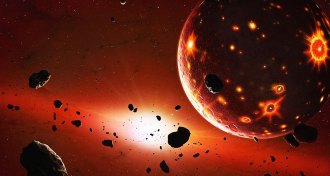 Planetary Science
Planetary ScienceThis meteorite’s diamonds hint that it was born in a lost planet
Bits of metal nestled inside diamonds suggest the space rock could have formed in a Mars-sized protoplanet in the early solar system.
-
 Tech
TechWhy touch can be such a creepy sensation in VR
Touch sensation in VR can go from immersive to unnerving as the feeling gets more realistic, if you can’t see the source.
-
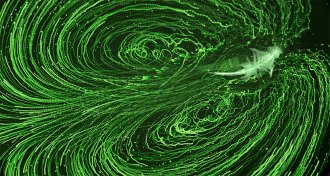 Oceans
OceansMasses of shrimp and krill may play a huge role in mixing oceans
Hoards of migrating shrimp and krill can cause large-scale turbulence in the ocean, a new study suggests.
-
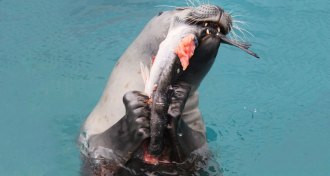 Animals
AnimalsThese seals haven’t lost their land ancestors’ hunting ways
Clawed pawlike forelimbs help true seals hunt like their land-dwelling ancestors.
-
 Archaeology
ArchaeologyThis ancient Maya city may have helped the Snake King dynasty spread
A rural hub in an ancient Maya state gets its due with some laser help.
By Bruce Bower -
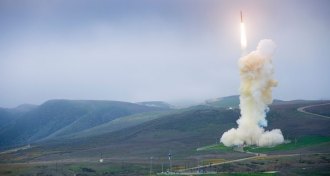 Science & Society
Science & SocietyHere’s why putting a missile defense system in space could be a bad idea
Expanding missile defense capabilities could put the world on a slippery slope to space warfare.
-
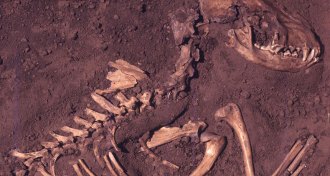 Archaeology
ArchaeologyDogs lived and died with humans 10,000 years ago in the Americas
Dogs unearthed at sites in Illinois were older than originally thought.
By Bruce Bower -
 Space
SpaceLasers squeezed iron to mimic the conditions of exoplanet cores
In the first experiment to measure what exoplanets might be like on the inside, scientists hit iron with 176 lasers at once.
-
 Tech
TechThe Facebook data debacle may not change internet behavior
In the wake of the Facebook data breach, personal privacy experts say there’s little individuals can do to control their personal information online.
-
 Climate
ClimateCargo ships must cut their emissions in half by 2050
A new international agreement places a cap on greenhouse gas emissions from international cargo ships.
-
 Archaeology
ArchaeologyTales of rampant suicide among Custer’s soldiers may be overblown
Few of Custer’s men killed themselves in the face of overwhelming Native American numbers at the Battle of the Little Bighorn, skeletal data suggest.
By Bruce Bower -
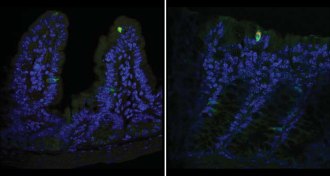 Health & Medicine
Health & MedicineThis is how norovirus invades the body
Norovirus targets a rare type of gut cell, a study in mice finds.